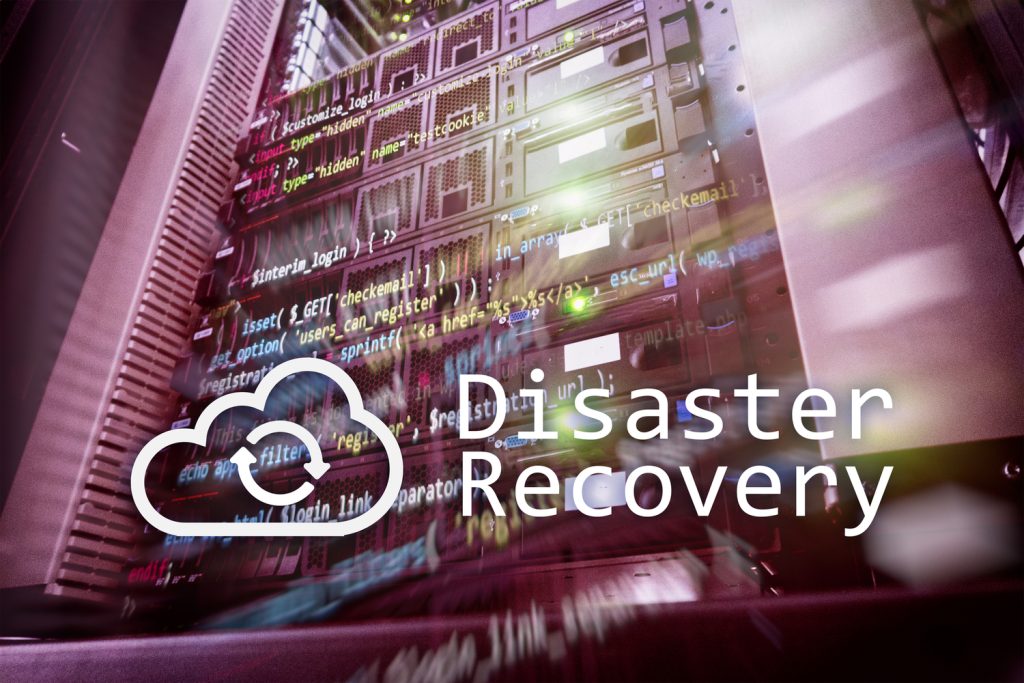- June 30, 2022
- Catagory cloud backup
4 Key Elements of Cloud-Based Disaster Recovery
Implementing cloud-based disaster recovery is the best way to minimize disruption and maximize business uptime, but you won’t realize the benefits without keeping four key elements in mind.
Data classification
Not all data needs to be backed up – it’s simply not cost effective, even with cloud solutions. You should understand what data you’re backing up, why and how quickly you need to restore it to keep your business running and avoid disruption for your customers.

Remember that not all business information is created equal. While some data must be archived and replicated offsite to meet compliance and regulatory commitments, mission critical information and applications should always take priority, with clear recovery time objectives (RTO) and recovery point objectives (RPO) so you restore operations quickly in event of any type of disruption.
Platform and provider selection
You want to simplify your cloud-based disaster recovery implementation as much as possible by using as few data protection tools as possible while covering all essential applications and systems – this where a managed service provider can provide guidance by applying their experience and recommending the best cloud-based disaster recovery solution for your needs.
Keep in mind you’re not just evaluating the technologies that back up and restore your data. You must also evaluate the provider’s infrastructure and track record. Your business goals, RPOs and RTOs, and any other requirements should be reflected any Service Level Agreement (SLA) and their data management policies.
Comprehensive testing
Never assume your cloud-based disaster recovery is working – you should know for sure through testing before implementing and then conducting regular fire drills once it’s up and running. Remember that the value of any solution comes down to how quickly and easily you can restore data and applications while minimizing disruption to your business operations and customers. They can be established through a proof of concept that runs through some likely scenarios to verify that your cloud-based disaster recovery is meeting the business goals, as well as your RPOs and RTOs.
Ongoing adjustments
Your disaster recovery plan is a living document. Together with your managed service provider, it should be adjusted and tweaked regularly to reflect changes in the business, including application upgrades, while also applying product patches and updates to the cloud back up solutions themselves. Be sure you and your managed service provider are on the same page as to who is responsible for what.
Maintaining cloud-based disaster recovery as an ongoing activity, not a one-time IT project, and you should always be reassessing its performance. Regular reports from your managed service provider allows you to understand if you are meeting the objectives and having confidence that disruption will be minimal when disaster strikes.




 Latest Blogs
Latest Blogs FAQ
FAQ